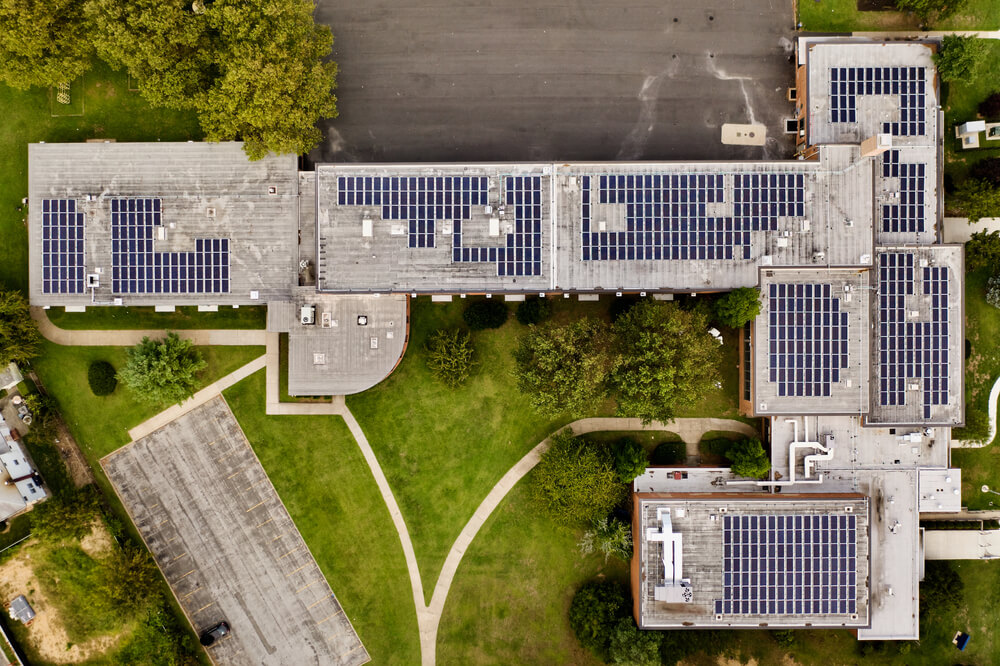ImpactAlpha, Dec. 15 – The $4 trillion muni market is so big that small movements in the pricing of bonds can mean shifts of millions of dollars, in the form of cost of capital for cities and in returns for investors.
Rampant misperceptions, and mispricing, of demographic risk in the municipal bond markets means investors can put capital into underinvested communities – and get paid for doing so.
“The impact and the alpha together is a place that we can step into with good hearts,” Homero Radway of investment research Activest on ImpactAlpha’s “Muni Impact” call this week.
Whether it’s majority Black cities or Historically Black Colleges and Universities, “how do we evaluate them with a clear lens to understand the arbitrage opportunity in being more equitable, and having an impactful strategy?”
Directing investment to such issuers can reduce premiums and over time lower the cost of capital, says Radway.
“It’d be better for the total system to have a better lending environment for all communities,” he says. “We could have clean water systems that are connected, healthcare systems that are connected, and everyone can have that access to capital.”
Impact signals
Mispriced risk is the result of systemic biases, but also legacy gaps in transparency and information. ESG and sustainability ratings firms are stepping into the void.
High performing schools in low-income areas, for example, might not land on the radar of investors investing based on credit rating alone. A high-impact rating may be a better signal of quality.
“Fund managers and investment managers can use these impact ratings to discover these hidden opportunities of high impact, despite maybe not having the highest credit rating,” says Paul Herman of HIP Investor, which rates issuers and bonds based on a variety of social and environmental attributes.
Roughly 10% of bonds coming into the market now have a social, sustainability or other ESG label. According to Kestrel, a sustainability analytics firm that vets labeled bonds, many bonds that come to market without a label could qualify for one.
“Labeling is a signal that there’s some impact to be found here,” Kestrel’s Monica Reid said on the call. Kestrel publishes ESG and impact scores on non-labeled bonds as well. “But really, what impact investors are interested in is the impact, regardless of the label.”
Rethinking perceptions
Matt Posner of research firm Court Street Group says even more transparency in the market is needed to get capital flowing.
Though bond risk may be mispriced, “money will not flow there in the same way that you would see in other efficient marketplaces because of that information gap,” says Posner.
Ratings providers, labelers, investors, “can scream and shout,” he says, “but until the actual governments themselves, the communities, are embracing change and understanding how they can do it through the municipal bond market and through data, I don’t really think we’re going to close that gap in a meaningful way.”
Activest’s Radway closed with a call to action.
“There needs to be a deeper thought around, ‘what are we doing here? And how are we being impactful? he says. “What are our biases? What are our perceptions of the future that need to change?”
“Communities can’t do it alone,” says Radway. “When I’m telling a story, people still have their perceptions of what that place looks like and feels.”
ImpactAlpha’s “Muni Impact” coverage is made possible with support from the Robert Wood Johnson Foundation.











